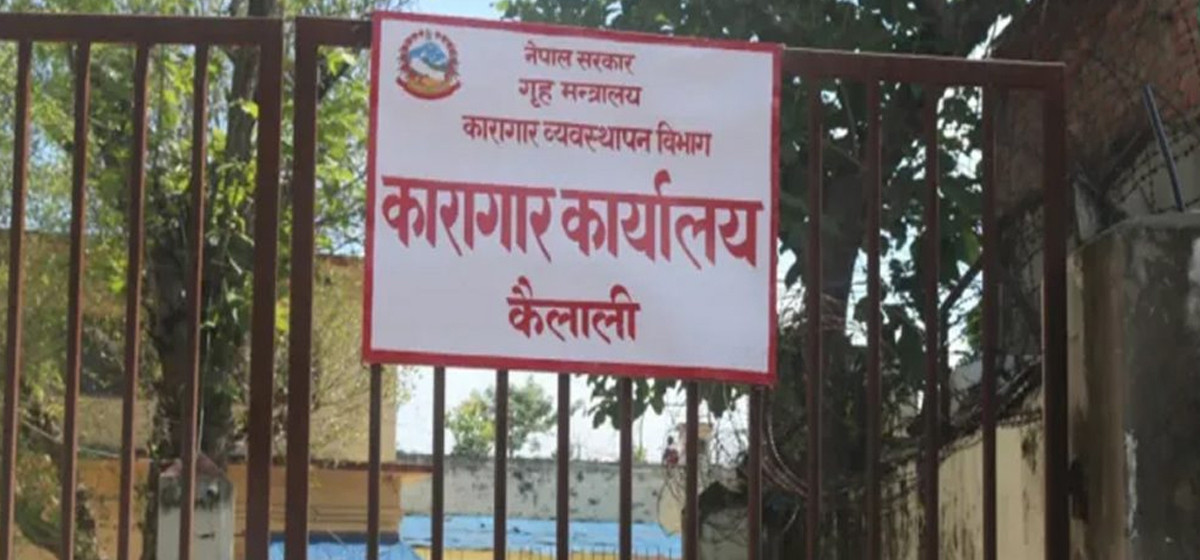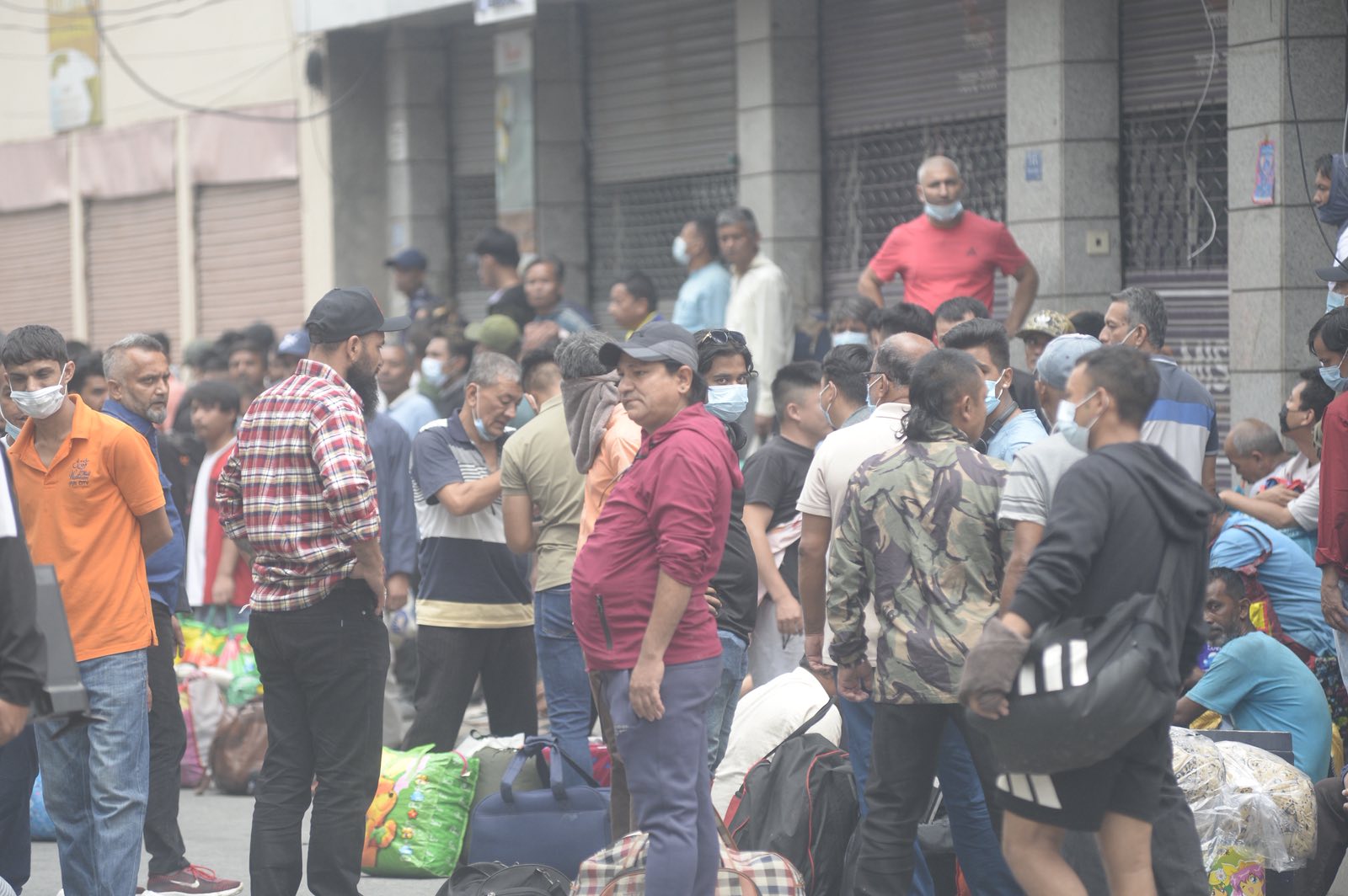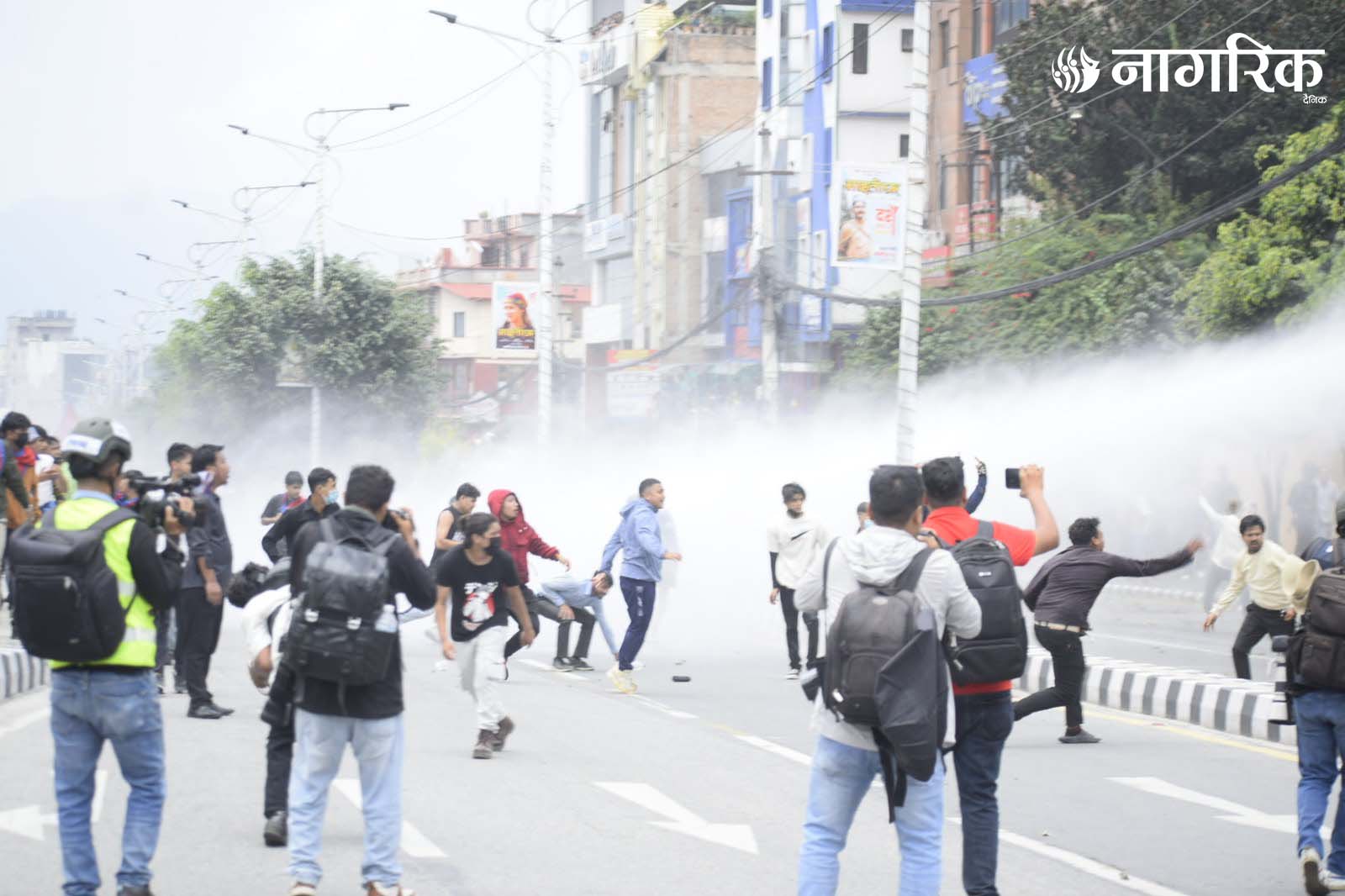The recent tragic incident at Kailali prison, where violent clashes between inmate groups left one dead and nearly fifty injured, has cast a harsh spotlight on the grave challenges facing our prison system. Far from being an isolated event, this outbreak of violence exposes deep-rooted systemic failures that threaten the safety and security of inmates and staff alike, and by extension, the society at large. Nepal’s prisons have long been plagued by severe overcrowding, with inmate populations often swelling to several times their designed capacity. Such overcrowding is not merely a logistical challenge but a catalyst for further disorder, violence, and the perpetuation of criminal activities behind bars. When prisons hold three, four or even five times more prisoners than they were built to accommodate, the strain on infrastructure, resources and human management becomes unbearable.Overcrowded prisons inevitably create environments where rival gangs emerge, asserting control and engaging in power struggles that frequently erupt into violence. The Kailali prison incident, where one group launched a brutal assault on another sleeping group of inmates, tragically illustrates how volatile these conditions can become. It is a stark reminder that inside such facilities, rather than reforming, some inmates become more entrenched in criminal networks, turning prisons into incubators of further crime.
Overcrowded and Neglected

The responsibility for ensuring safety, discipline and rehabilitation within prisons lies squarely with the government authorities — primarily the Ministry of Home Affairs and its Department of Prison Management. However, recent events indicate a troubling failure in their mandate. The fact that prison security forces were unable to promptly intervene during violent outbreaks points to serious gaps in preparedness, resource allocation and operational oversight. Moreover, the lack of adequate segregation policies — placing inmates with known rivalries or violent histories together — only fuels tension and increases the risk of deadly clashes. It appears that adequate security protocols and prisoner monitoring systems are sorely lacking, which prevents early identification of brewing conflicts. Additionally, the failure to maintain detailed records and biometric data of prisoners hampers efforts to manage risks and rehabilitate offenders effectively. Overcrowding also severely undermines efforts at rehabilitation, which is the core objective of any correctional facility. With resources stretched thin, educational and vocational training programs become difficult to sustain and psychological support is minimal. As a result, many inmates leave prison not reformed but hardened, often returning to criminal life and further endangering society. Addressing these challenges requires immediate and sustained action from the government. First and foremost, the issue of overcrowding must be tackled by reviewing sentencing laws, promoting alternatives to incarceration for non-violent offenders and exploring parole and probation systems that support reintegration. Expanding existing prison facilities and building new ones to meet demand is also critical.
Police and administrative personnel must receive proper training focused on conflict resolution, inmate management, and upholding human rights. Surveillance and security infrastructure within prisons should be upgraded to allow timely intervention during incidents, thereby preventing violence and loss of life. Additionally, effective prisoner classification systems must be developed to ensure that inmates are housed according to risk levels and compatibility, minimizing friction. Implementing biometric and digital record-keeping would improve monitoring and facilitate rehabilitation efforts, ensuring better oversight of prisoner behaviour both inside and after release. The government must also be transparent and accountable in managing prisons. Regular independent inspections, public reporting, and engagement with civil society organizations can foster reforms and ensure that prison conditions meet basic standards of safety and human dignity.The consequences of failing to address these issues extend far beyond prison walls. Unsafe and mismanaged prisons produce more criminals, destabilize communities, and erode public confidence in the justice system. On the other hand, well-managed prisons that prioritize rehabilitation can reduce recidivism, protect public safety, and uphold the rule of law. The Kailali prison incident should be a wake-up call — a reminder that urgent reforms in prison management cannot be delayed. The government must take full responsibility and act decisively to modernize and humanize Nepal’s prison system. Only then can we hope to transform our prisons from centers of violence into institutions of genuine reform and rehabilitation.



































